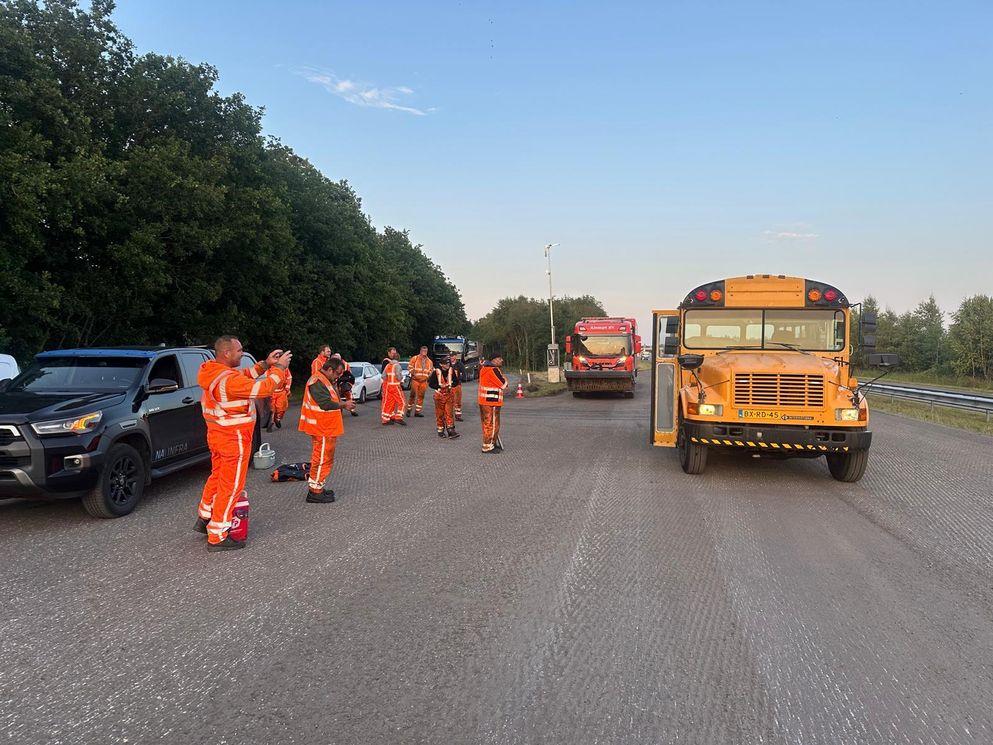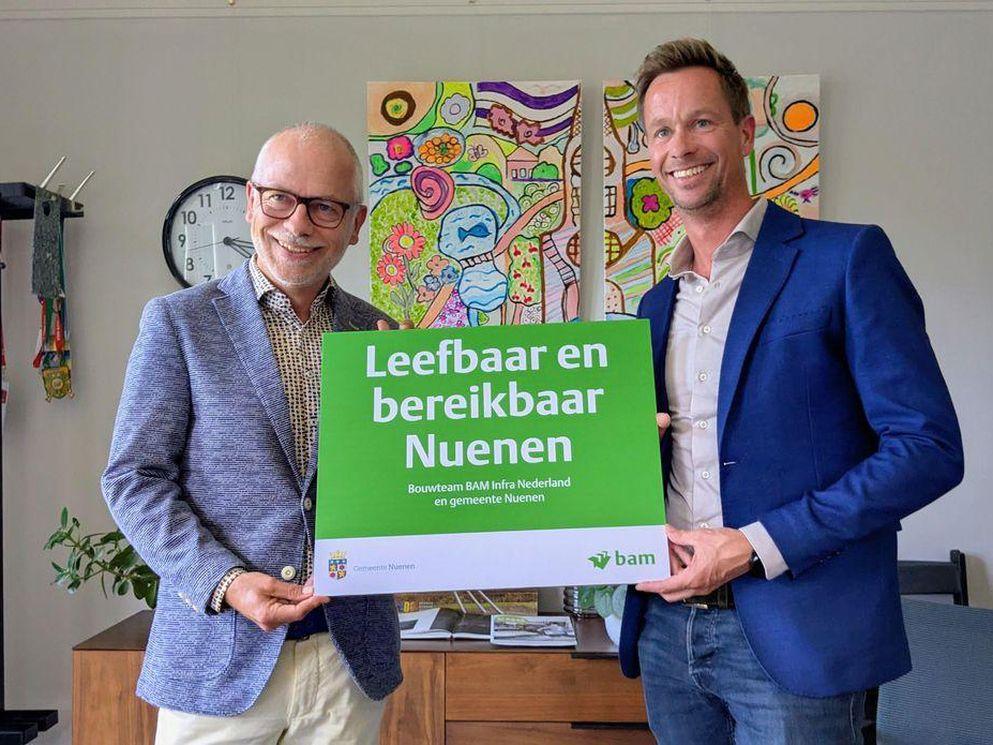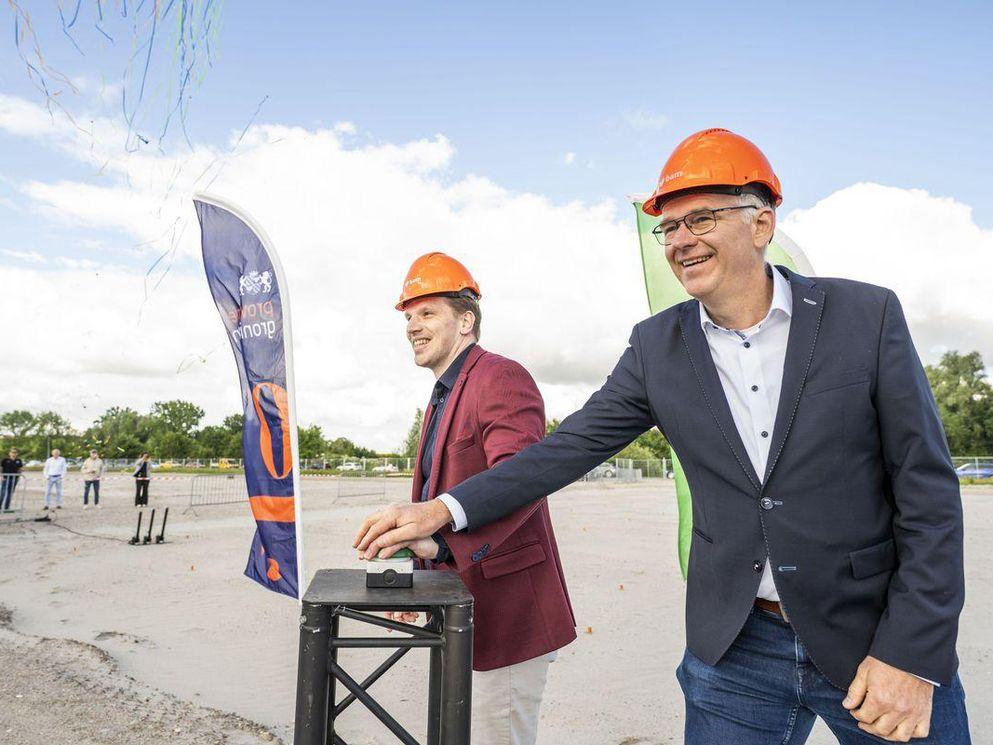BAM uses Spot the robot to survey hazardous Cold War weapons testing facilities
London, 8 September 2023 - At a National Trust nature reserve on the Suffolk Coast BAM has brought in Spot the robot, to survey former Cold War weapons testing facilities, that are too hazardous for people to enter.
The historic buildings at the Orford Ness Nature Reserve were used to test the atomic bomb during the Cold War and have been off-limits to National Trust visitors and staff for several years.
BAM is working in partnership with the National Trust to deploy advanced surveying technology at the sensitive historic site, using drones and a state-of-the-art, dog-like robot named ‘Spot’, manufactured by technology firm Boston Dynamics and equipped with a Trimble X7 scanner.
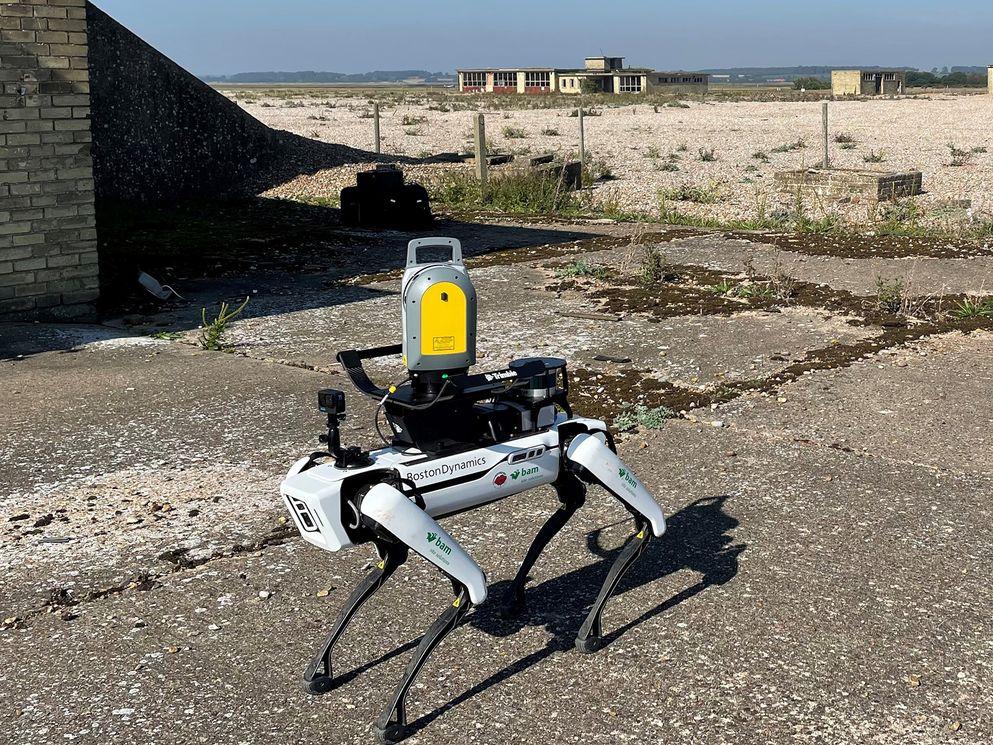
The work is the first stage of a longer-term National Trust project, involving partnerships with Historic England, BAM and University College London’s Bartlett School for Sustainable Construction.
The two laboratories, known as pagodas or Labs 4 and 5, are classified as scheduled monuments. Constructed in 1960, the buildings were two of six Cold War laboratories used as test cells to carry out environmental tests on the atomic bomb. The tests were designed to mimic the rigours to which a weapon might be subjected before detonation, including vibration, extremes of temperature, shocks and G forces.
‘Spot’ the robot has a camera mounted to the top and four hinged ‘legs’, which allow BAM to control it remotely and from a safe distance.
Colin Evison, Innovation Technical Lead at BAM, said: ‘BAM is delighted to have the opportunity to collaborate with the National Trust and other partners in deploying advanced surveying technology at Orford Ness. At BAM, we are constantly seeking to evolve the ways in which we capture and process survey information, so the unique nature of Orford Ness is a fantastic opportunity to put into action our agile mobile robot ‘Spot’. The robot is an ideal method to deploy surveying equipment in and around the decaying structures sited in an environmentally sensitive location and the mission will provide us with valuable experience and feedback on using the survey technology, as well as the opportunity to exchange knowledge with the National Trust and other participants. We are sure that the outcome of the surveying mission will be a comprehensive and valuable record of this historic environment for future generations.’
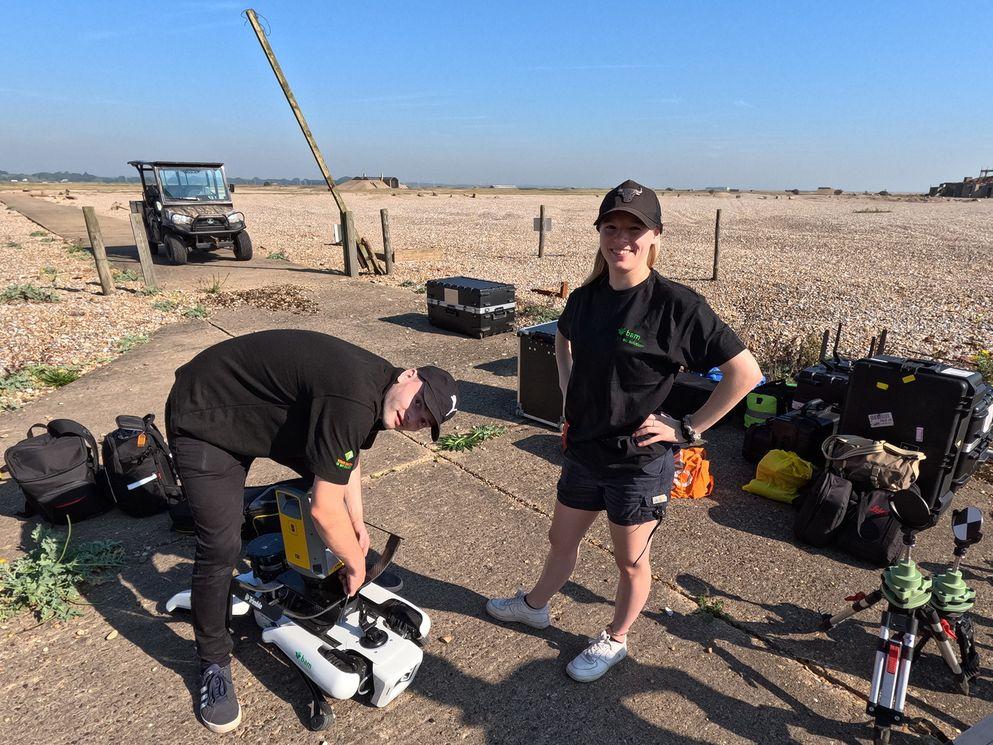
Glen Pearce, Operations Manager at Orford Ness, said: ‘This is a really exciting opportunity for us to see inside Labs 4 and 5 – the ‘pagodas’. The buildings have always had a certain mystery about them. When they were built and in use during the Cold War, they were shrouded in secrecy, and after they were decommissioned, they fell into disrepair. Nobody has been able to go inside for several years due to safety concerns. This is the first time the National Trust has employed this kind of technology and it’s a key part of our commitment to ongoing research at our places. If successful, it could change the way we - and our visitors - engage with the structures at Orford Ness as well as other scheduled monuments and buildings deemed unsafe to enter.’
Angus Wainwright, National Trust Archaeologist, said: ‘Historic England’s research into the buildings made us realise how significant they are, on a national and international scale… These are some of the few Cold War buildings that are on this monumental scale and visitable by the public. The buildings used to be quite safe so we could go in and out as much as we liked, but now they are getting more risky as the concrete decays. That’s why we are doing this survey in this remote way, without anyone going into the buildings. It’s all very experimental, to see if it’s possible to do a really detailed building survey with no human operator in the building.’
The National Trust acquired the site from the Ministry of Defence in 1993, but no measured surveys have been completed of the buildings before. As scheduled monuments, they have the same designation as Stonehenge or Sutton Hoo, another National Trust-owned site nearby.
In the last few years, the pagodas have also become part of the National Trust’s ‘curated decay’ policy and have been left to nature, including the effects of Orford Ness’ exposed coastal location. The roofs have become nesting sites for lesser black-backed gulls, which are on the UK’s amber conservation list.

About BAM
BAM works in partnership with public and private sector clients across the UK and Ireland to develop, design, build, and maintain infrastructure and buildings which make a real difference to people’s lives. We are part of Royal BAM Group, one of the largest construction companies in Europe.
For almost 150 years, we have been shaping the UK and Ireland’s vital infrastructure and creating many of the country's most iconic buildings. We create sustainable environments that enhance people’s lives. We’ve set an industry-leading carbon target to become net zero in our direct operations by 2026, and we’re supporting our clients and supply chain to create more sustainable places.
Learn more about BAM UK and Ireland by visiting: http://ukandireland.bam.com
About the National Trust
The National Trust is a conservation charity founded in 1895 by three people: Octavia Hill, Sir Robert Hunter and Hardwicke Ransley, who saw the importance of the nation's heritage and open spaces and wanted to preserve them for everyone to enjoy. Today, across England, Wales and Northern Ireland, we continue to look after places so people and nature can thrive.
The challenges of the coronavirus pandemic have shown this is more important than ever. From finding fresh air and open skies to tracking a bee's flight to a flower; from finding beauty in an exquisite painting or discovering the hidden history of a country house nearby - the places we care for enrich people's lives.
Press contact: Lucy Humphreys lucy.humphreys@bam.com

